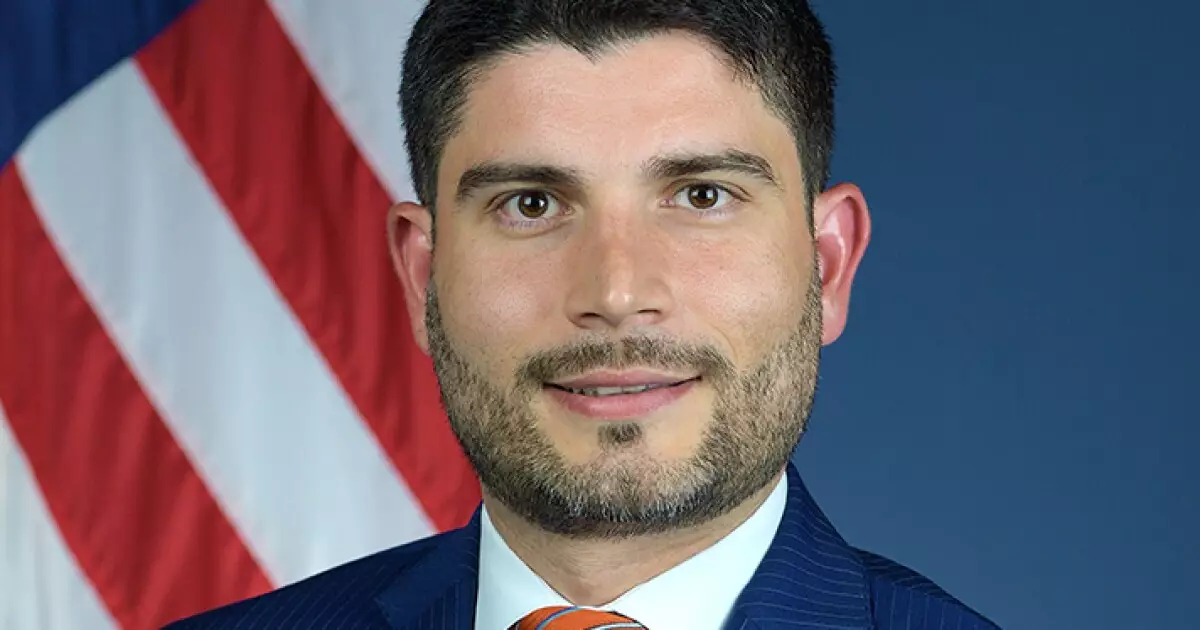The U.S. Department of Transportation recently made headlines with their announcement of the first-ever Transportation Infrastructure Financing and Innovation Act loan for a transit-oriented development project. This groundbreaking move is set to revolutionize the way we approach transportation infrastructure projects in the future. Let’s delve deeper into the implications of this significant development.
The 2021 Infrastructure Investment and Jobs Act paved the way for an expansion in the types of Transit-Oriented Development projects eligible for TIFIA loans. This expansion allows TIFIA loans to finance up to 49% of eligible transit projects, a significant increase from the traditional cap of 33%. The aim of TODs is to promote growth along transit corridors by developing public buildings or housing in close proximity to public transportation modes such as light rail, subways, and busy bus routes.
The Build America Bureau, under the USDOT, plays a crucial role in supporting transportation development through various financing structures, including public-private partnerships and private activity bonds. The bureau’s recent announcement of the TIFIA loan for a project in Mount Vernon, Wash, highlights their commitment to fostering innovative transportation infrastructure projects. With 20 TOD projects currently under development and more in the pipeline, the bureau is playing a key role in driving progress in this sector.
The newly approved loan, amounting to just under $26.8 million, comes with an interest rate of around 2.5%, which is significantly lower than the Treasury rate. This favorable rate, along with the extended repayment terms of TIFIA loans (generally 35 years, with some projects eligible for 75-year terms under the IIJA), makes these loans an attractive financing option for eligible projects. Additionally, as part of the Rural Project Initiative, the DOT waived external advisor fees for the Mount Vernon project, further reducing the financial burden.
The Mount Vernon Library Commons Project in Washington state serves as a prime example of how TIFIA loans can benefit local communities. The project, which includes a multi-use building in downtown Mount Vernon with a public library, community center, kitchen, parking garage, computing space, and electric vehicle chargers, is set to be completed this summer. This development is not only a significant investment in the local economy but also a catalyst for economic development along the Interstate 5 corridor.
Transportation Secretary Pete Buttigieg hailed the TIFIA loan as a step towards making vital resources more accessible to historically overlooked communities. The city of Mount Vernon reported saving $3 million compared to traditional financing options, thanks to the favorable terms of the loan. City officials believe that the length of the loan and the competitive interest rate have made the project financially feasible within the city’s budget, demonstrating the tangible benefits of government support for infrastructure projects.
The recent TIFIA loan for the Mount Vernon Transit-Oriented Development project stands as a testament to the transformative power of innovative financing models in driving sustainable transportation infrastructure development. As more projects benefit from favorable loan terms and government support, we can expect to see a rise in transit-oriented developments that not only enhance connectivity and mobility but also stimulate economic growth in local communities. The future of transportation infrastructure looks promising, fueled by collaboration between government agencies, private investors, and local stakeholders.

